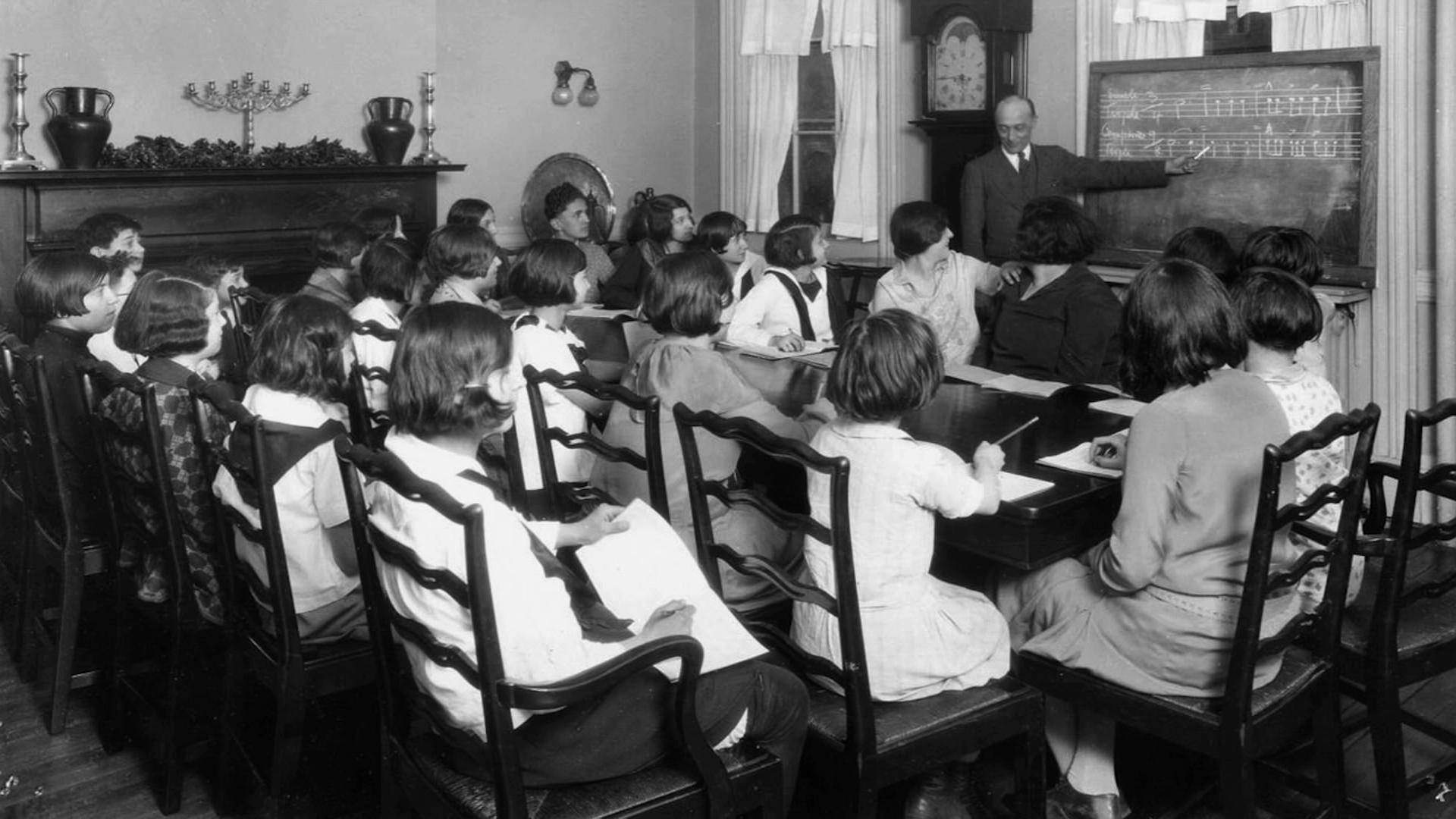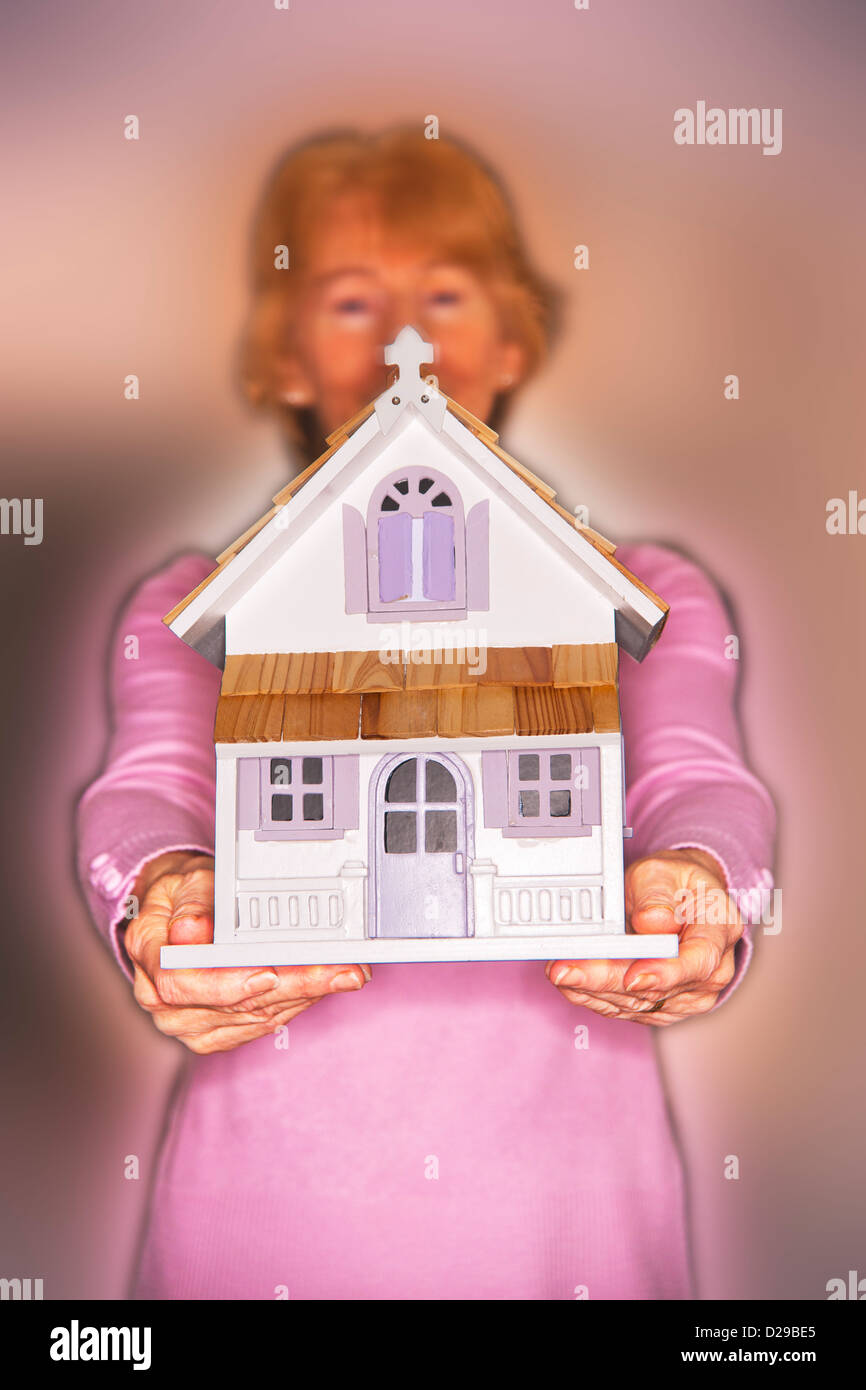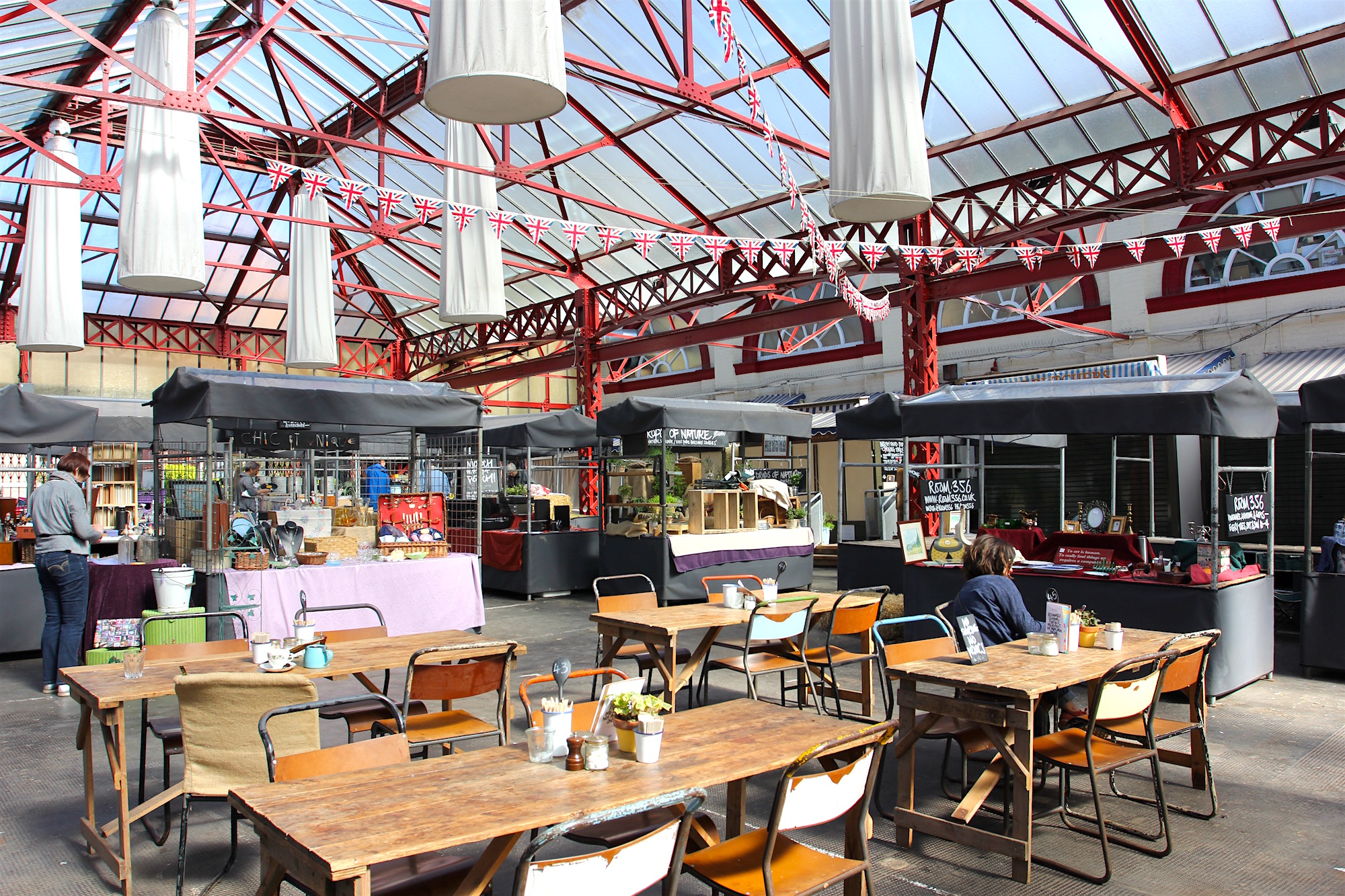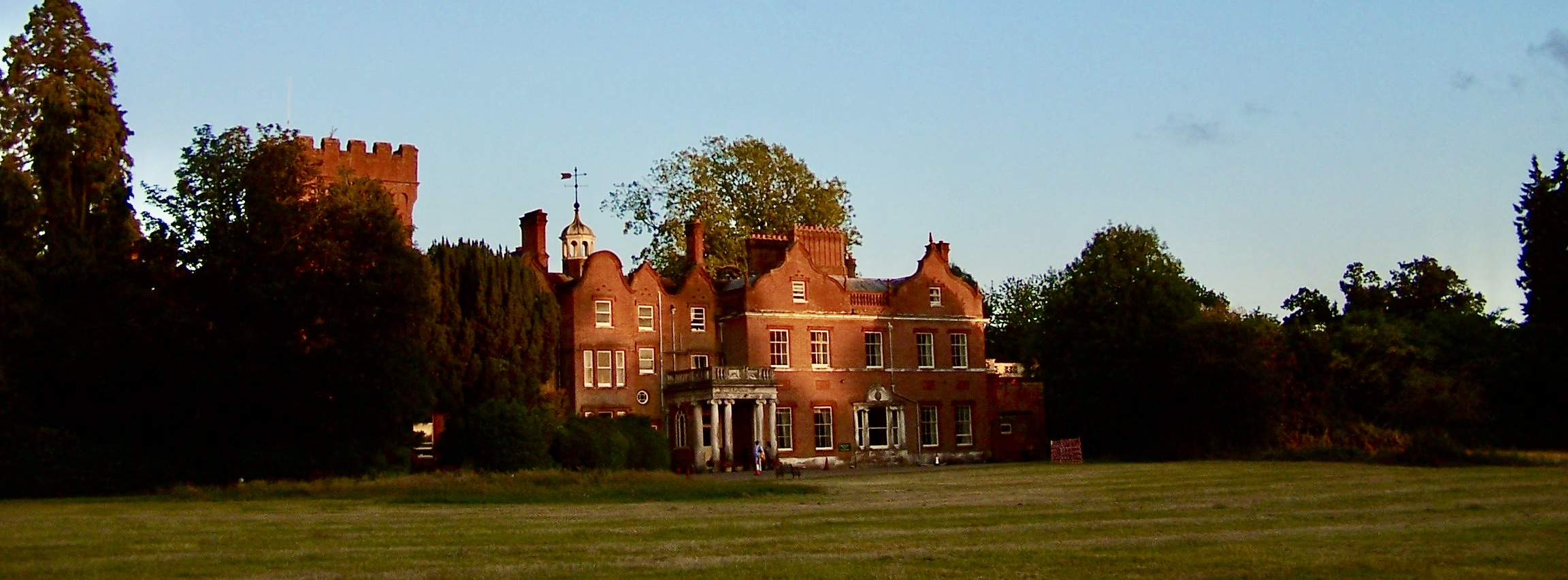Table Of Content
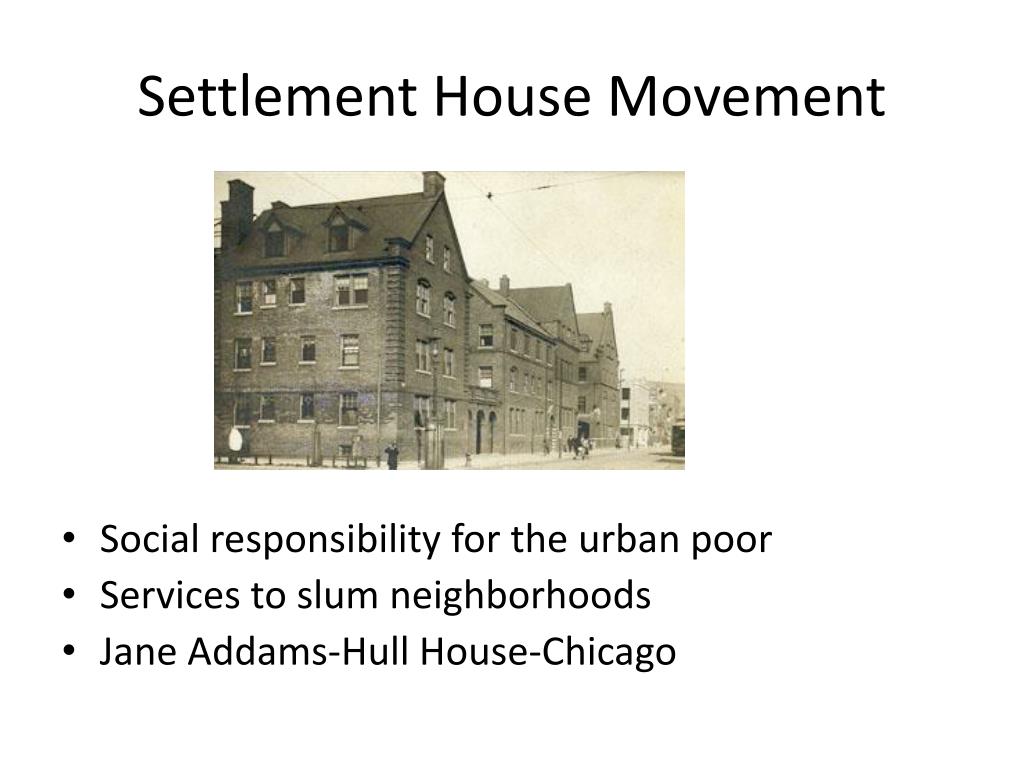
Pasadena Mayan Dancers and Karamu Dancers at Washington and at New York World Fair ( ). Settlement houses depended on volunteers not only to staff and operate them but for funding. Reformers used newspapers and clergy to spread the word about the houses and explain the movement's mission to the public. The women activists formed relationships with business and civic leaders and then approached them for assistance in the form of either money or time and skills.
Watch the Petersen Museum's massive renovation in this time-lapse video
Therefore, these things must be changed if we would have a reasonable hope of survival of the human race, including ourselves. Many of our most sacred institutions are going to have to be changed very extensively, given far wider responsibilities, made competent to do things that up until now they were not able to do-such as how to learn to live in peace on a world basis. • Helping youth in special difficulty, through programs to help substance abusers, those involved in street-gangs, and in other delinquent activities. • Protecting against unemployment, through support for adequate workmens’ compensation, retraining, and Full Employment programs. Offered relief, work relief, soup kitchens, advocated public works (1892).
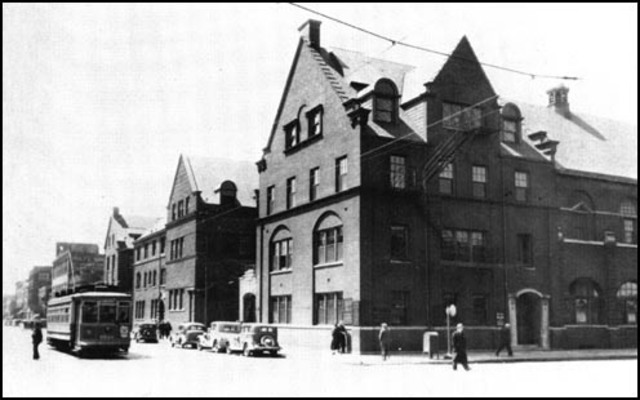
Personal account
Although the most famous settlement house workers were middle- and upper-class white women, African-American women also participated in the movement throughout the United States. They focused on issues similar to those of white women, but had to cope with the additional problems of racism, segregation, disfranchisement, and discrimination facing black communities in general. They worked tirelessly to educate other African-Americans about sanitation and health issues and to improve neighborhoods by pressing for garbage pickup and better city services like sewers and lighting. Although settlement houses have often been characterized as largely secular in nature, many of them grew from religious roots.
Society Members
Neighborhood centers have taken initiative in local programs and been part of every national initiative to add to the housing supply. As industrialization, mass immigration, and expanded educational opportunities for women began to reshape the American city, the settlement house movement quickly swept across the United States. The first American settlement, The Neighborhood Guild, landed on New York’s Lower East Side in 1886—still operating today as the University Settlement.
Settlement house joins state network - Rochester BeaconRochester Beacon - Rochester Beacon
Settlement house joins state network - Rochester BeaconRochester Beacon.
Posted: Tue, 26 Oct 2021 07:00:00 GMT [source]
Part of a new generation of college-educated, independent women that historians have called “New Women,” she sought to put her education to greater use. Although her religiosity waned under the heavy Christianity of Rockford, her commitment to the greater good increased. For the next six years, she attempted to study medicine, but her own poor health derailed her. Addams found her true calling while in London with her friend Ellen Gates Starr in 1888.
The 100-year history of New York's settlement house collective - 6Sqft
The 100-year history of New York's settlement house collective.
Posted: Fri, 22 Nov 2019 08:00:00 GMT [source]
History
Many women who were clients or staff members at settlement houses gained a political education there and went on to participate in the labor movement, civic-reform organizations, and national party politics. Cleveland, along with Chicago, Boston, and New York, was one of the centers of the U.S. settlement-house movement. Local settlement work began in the late 1890s, and within a decade a half-dozen settlements operated in Cleveland neighborhoods. Several of the city's settlement houses achieved national recognition; for example, KARAMU HOUSE, one of the centers of African-American theater in the U.S., and the CLEVELAND MUSIC SCHOOL SETTLEMENT, with its model music training programs.
Settlement and community houses in the United States
Three-fourths of settlement workers in America were women; most were well educated and dedicated to working on problems of urban poverty. These included Julia Lathrop and Grace Abbott, prominent figures in the U.S. Children's Bureau; Florence Kelley, labor and consumer advocate; Alice Hamilton, physician and social activist; and Edith Abbott and Sophonisba Breckinridge, social researchers and key leaders in the development of social work education. In addition to these women, Mary O'Sullivan, a labor leader and reformer, organized the Chicago Women's Bindery Workers' Union in 1889. In 1892, she became the American Federation of Labor's first woman organizer. Additionally, Lucy Flower helped found the Illinois Training School for Nurses, the Chicago Bureau of Charities, the Cook County Juvenile Court, the Protective Agency for Women and Children, and the Lake Geneva Fresh Air Association for poor urban children.
They established playgrounds, day care, kindergartens, and classes in English literacy. Settlement workers were also heavily involved in research to identify the factors causing need and in activities intended to eliminate the factors that caused the need. Scholarships for ambitious children were part of settlement offerings from early days to the present.
A brief transnational history of the Settlement House Movement
He came to know his neighbors, offered classes for children, and worked to improve housing and sanitation conditions in the area. Two years later, in poor health, Denison had to abandon the project, and he died in 1870. In the United States, even more than in England, the late 19th century was an era of profound economic, cultural, and demographic change. Americans from rural areas were flowing into the cities along with a growing stream of immigrants from abroad. And as in England, individual artisans were losing economic ground to the factory system, which reduced the demand for manual labor; the average worker was experiencing a decline in real income, as well as chronic unemployment. Economic pressures on the poor were giving rise to child labor; public welfare was non-existent, and cooperative and mutual aid societies, forerunners of the labor movement, were still in their infancy.
Worked for establishment of city and state housing commissions (1918). For librarians and administrators, your personal account also provides access to institutional account management. Here you will find options to view and activate subscriptions, manage institutional settings and access options, access usage statistics, and more.
Reform movements have proliferated and have become specializations in themselves, relying on coalitions and mass communication. Neighborhood centers will still be committed to change, still bear evidence of wrongs to be righted–but they will be part of coordinated efforts along with others. Addams and other Hull-House residents sponsored legislation to abolish child labor, establish juvenile courts, limit the hours of working women, recognize labor unions, make school attendance compulsory and ensure safe working conditions in factories. The Progressive party adopted many of these reforms as part of its platform in 1912. At the party’s national convention, Addams seconded the nomination of Theodore Roosevelt for president and campaigned actively on his behalf. She advocated for women’s suffrage because she believed that women’s votes would provide the margin necessary to pass social legislation she favored.

